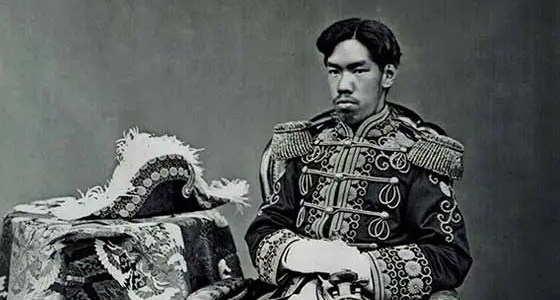Mapping | Part one ‘Invented Tradition’ tells about constructing an own historic narrative by separating two types of Japanese ‘tradition’, those which emphasised the differences with China (kokugaku) and those which identified with it (kangaku). Before the transformation from a feudalist system to the revolutionary breakthrough to modernity, in many ways very similar to those which industrialization in Europe was attributed to, Japan had no need to identify itself as a nation to proof the others.
In the rush to handle the foreign impact after the forced opening of the country, people had to learn to express what identifies them as a cultural entity, not only connected by language, customs, and myths. By doing so, Japan followed a strategy combined of ad miration and antagonism, it used in her premodern period to its former greatest Other, China. Been visited by Portuguese Jesuits as early as the mid 16th century, Japanese was also permanent aware of Western achievements, even under their time of selfisolation. Mediated through books, artworks and scientific ob jects, Western culture was no stranger to the elite when establishing its new identity as a modern state for gaining entry into and participating in a Hegelian configuration of ‘world history.’
